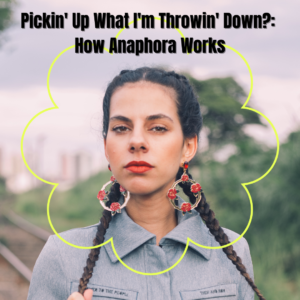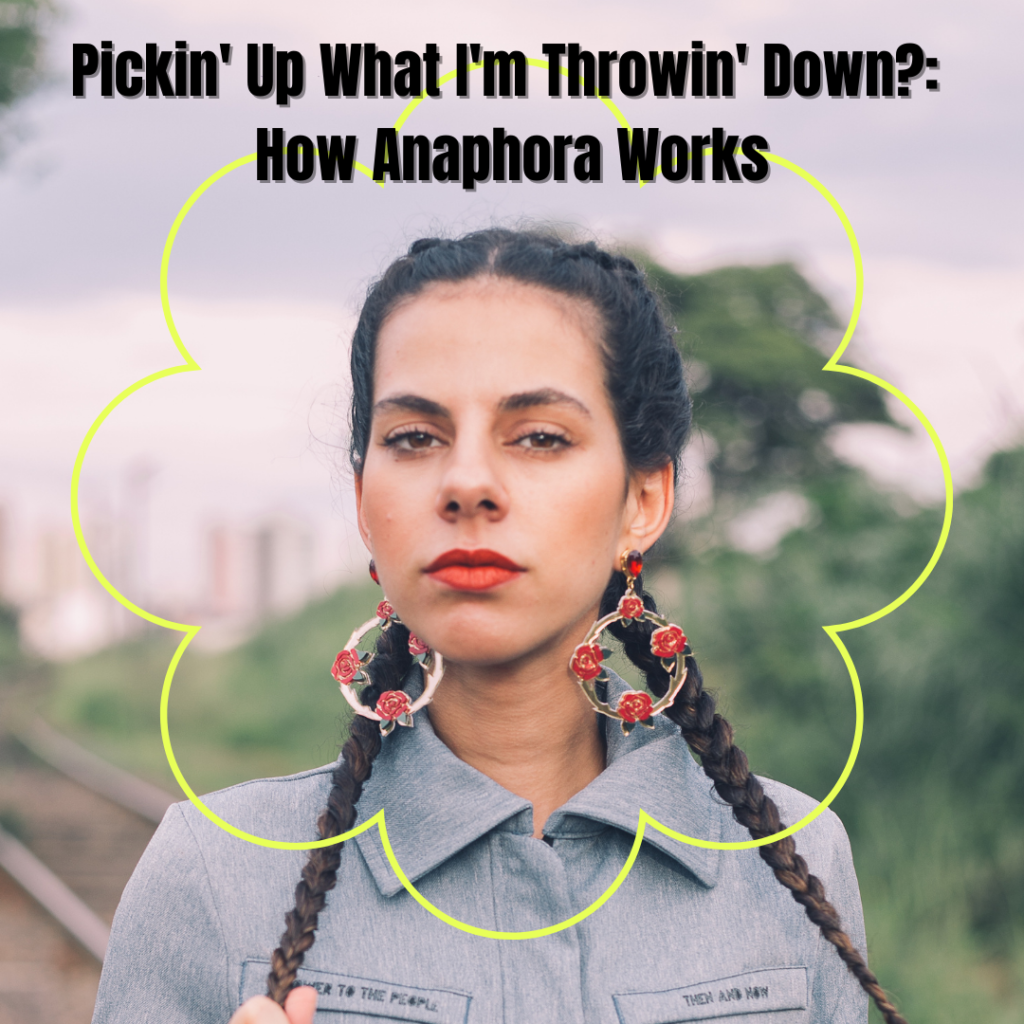I recently posted an Instagram video congratulating six-year-old author Ka’Maya Shanelle on publishing her first book–I Love Myself, a coloring book full of affirmations such as “I am kind, I am loving. I am magnificent.” Affirmations are powerful because of one nifty rhetorical device: anaphora.
Anaphora is the repetition of a word or words at the beginning of successive phrases, clauses, or sentences. Take this example from Ernest Hemingway’s short story, “The Snows of Kilimanjaro:”
He had destroyed his talent not by using it, by betrayals of himself and what he believed, by drinking so much that he blunted the edge of his perceptions, by laziness, by sloth, and by snobbery, by pride and by prejudice, by hook and by crook.
Notice how he uses anaphora by repeating successive prepositional phrases beginning with the word “by.” The effect is powerful. Hemingway stresses and focuses on the many ways Harry has destroyed his talent. By restating the word “by,” he makes each of those reasons clear to the reader.
In the Declaration of Independence, the Founding Fathers use anaphora to focus on King George III and emphasize his tyranny:
He has refused his Assent to Laws, the most wholesome and necessary for the public good.
He has forbidden his Governors to pass Laws of immediate and pressing importance, unless suspended in their operation till his Assent should be obtained; and when so suspended, he has utterly neglected to attend to them.
He has refused to pass other Laws for the accommodation of large districts of people, unless those people would relinquish the right of Representation in the Legislature, a right inestimable to them and formidable to tyrants only.
I would be remiss not to mention the most renowned use of this rhetorical device: Martin Luther King Jr.’s “I Have A Dream” speech, where he focuses his audience’s attention on their potential to manifest his dream.
I have a dream that one day on the red hills of Georgia, the sons of former slaves and the sons of former slave owners will be able to sit down together at the table of brotherhood.
I have a dream that one day even the state of Mississippi, a state sweltering with the heat of injustice, sweltering with the heat of oppression will be transformed into an oasis of freedom and justice.
I have a dream that my four little children will one day live in a nation where they will not be judged by the color of their skin but by the content of their character. I have a dream today.
I’m so happy to see young Ka’Maya already harness the power of anaphora in her writing. In restating, “I am,” she focuses her reader’s attention on the power within themselves. She reminds other young people of their value and worth.
How might you use anaphora in your next piece to focus your message and enhance your style? Try it, and let me know how it goes.
Suggested Resources:
Cited Works:
Hemingway, Ernest. The Snows of Kilimanjaro and Other Stories. Scribner Book Company, 2010.




